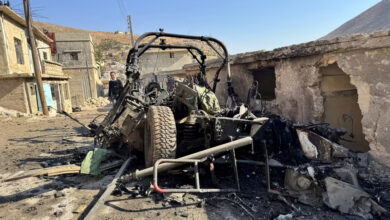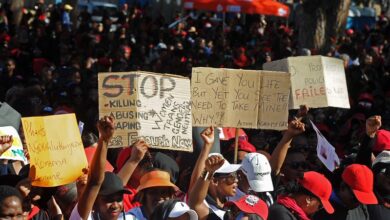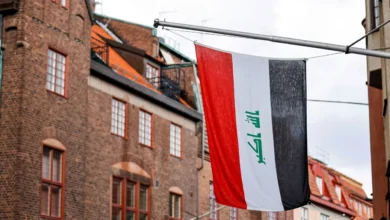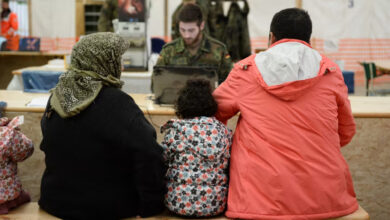
(CNN) ̶ The image of the braided Kurdish female fighter, donning military camouflage and taking up arms against the militant group ISIS, may have done more to promote the Kurdish cause in the West than anything else in recent years.
The Iraqi Kurds have long been pro-Western in orientation, but Western powers have often only moderately addressed their pleas for support, in part out of fear of empowering the secessionist minority to seek independence. Now, with soccer moms in Middle America tweeting photos of Kurdish female fighters, Western governments may find it harder to explain their tepid Kurdish policies to their constituencies.
Jacob Russell’s sensitive photo essay brings much-needed nuance to the recent proliferation of images of Kurdish female fighters.
Since last summer, international media — and Kurdish politicians who have recognized the public relations value of the images — often objectified these women. Images of smiling young female fighters brandishing weapons with a hint of glamour (“girls with guns,” as Russell calls this type of portrayal) tend to portray more of the photographer’s assumptions about the woman’s emancipation than her actual experiences as a Kurdish woman in combat.
Russell consciously avoids this uncomplicated portrayal of female fighters.
“I was wary of making images that fed into this idea of the heroic strong women fighters,” he said. “I think that the female fighters are used quite cynically by Kurdish leaders (who) know very well how attractive this image is to the Western media.”
Having lived in Kurdistan for nearly two years, Russell understands that many women join the Peshmerga or other Kurdish forces for unglamorous reasons. Many of the women he photographed turned to the Peshmerga to escape abusive marriages or other forms of repression women continue to face there.
“A lot of the women’s backstories were quite difficult,” he said. “It seemed like this unit provided an alternative network for women who maybe would struggle in normal Kurdish society, because despite being relatively progressive (within the Middle East), it is still quite a conservative society.”
Russell explores the theme of sisterhood, and in one image he captures the women in an intimate moment in the back of a pickup truck, their fingers intertwined. That photo, he says, is his favorite from the shoot.
“I think that image is one of the more expressive ones that (shows) what really seems to be going on there,” he said. “I didn’t want to take pictures that conveyed the idea that this was all about hardcore fighters going into battle and killing lots of (ISIS) fighters. That just didn’t seem to be the case.”
Russell remarks that the image of the female fighter carries an important social role, conveying to the world the (relatively) progressive values that Kurds pride themselves on.
The women now serve a political role, too. As Western governments eye more military engagement with Kurdish forces in Iraq and Syria, these women may boost the Kurds’ international standing.




